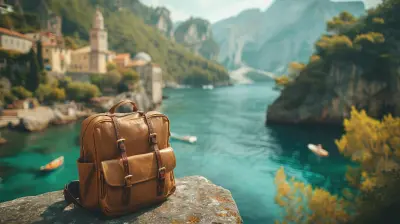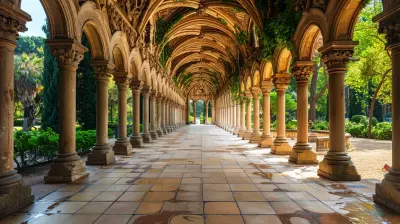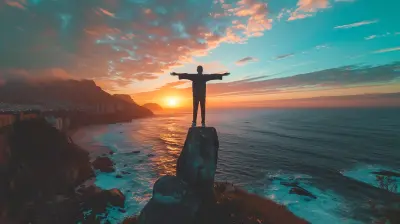Unveiling the Rich Heritage of Moroccan Medinas
2 July 2025
Ever walked through a place that feels like a magical time capsule? One where every alley whispers age-old tales, and every spice in the air takes you on a flavor-packed journey across centuries? That’s exactly what Moroccan medinas do. These ancient city centers are living, breathing museums — vibrant with color, culture, tradition, and the captivating chaos of daily life.
If Morocco’s on your travel bucket list (and honestly, why wouldn’t it be?), then the medinas should take center stage. From the blue-washed walls of Chefchaouen to the labyrinthine souks of Fes and the rhythmic drumbeats echoing through Marrakech, the medinas are the heart and soul of Moroccan heritage.
So, let’s dive in — dust off your virtual walking shoes, because you're about to take a thrilling stroll through some of the richest cultural sites on Earth.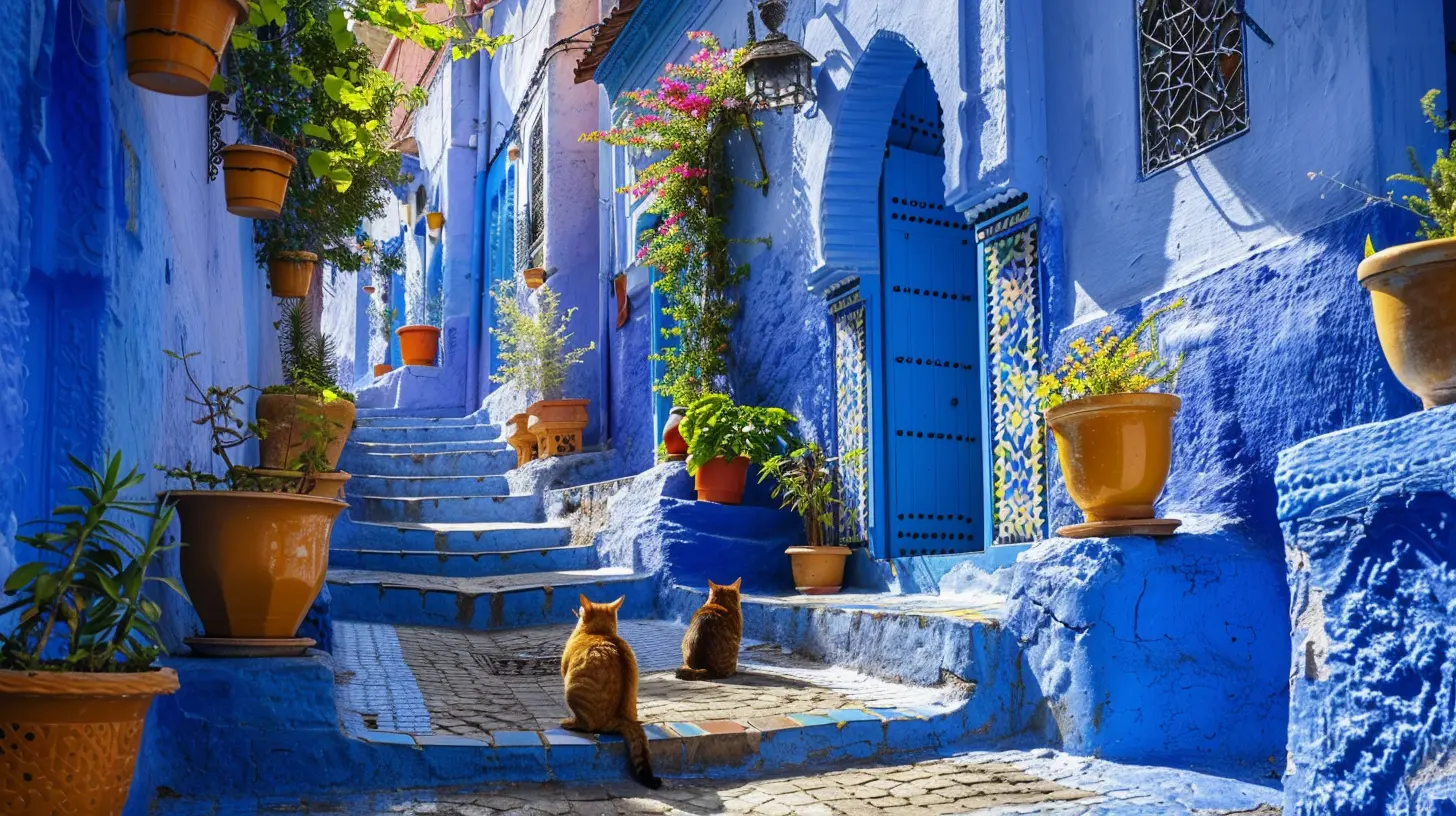
What Exactly is a Medina?
Before we get carried away by the magic, let’s get nerdy for a second (just a little). The term "medina" comes from Arabic and simply means city. But in the context of Morocco, it refers specifically to the old part of a city — usually walled and teeming with history.These neighborhoods are often crammed with narrow alleys, bustling marketplaces, ancient mosques, fountains, and traditional Moroccan houses called riads. Plus, they’re often labyrinths — no joke! Think of them like real-life mazes where getting a little lost is part of the adventure.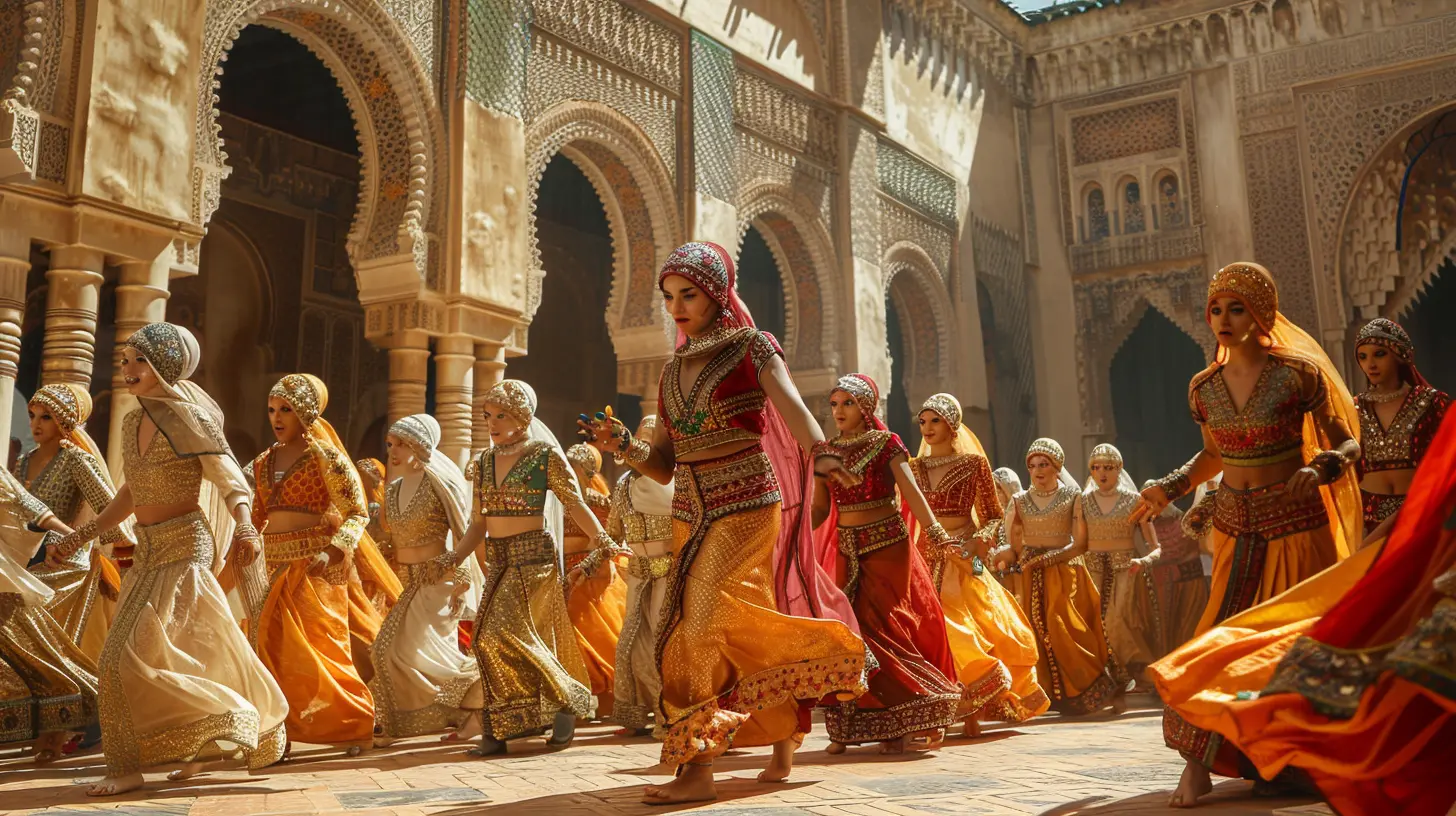
A Journey Through Time: The Historical Significance of Medinas
Moroccan medinas are not just pockets of urban curiosity. They’re the embodiment of centuries of art, politics, religion, and daily life. Many of them date back to the 9th or 10th century and were central in the trade routes between Africa, Europe, and the Middle East.Seriously — scholars, traders, artists, and mystics have all walked these very same cobbled paths. They've seen empires rise and fall, dynasties clash and flourish, and traditions be passed down like treasured heirlooms.
And guess what? Many of these medinas are UNESCO World Heritage Sites today. That’s how important they are on a global scale.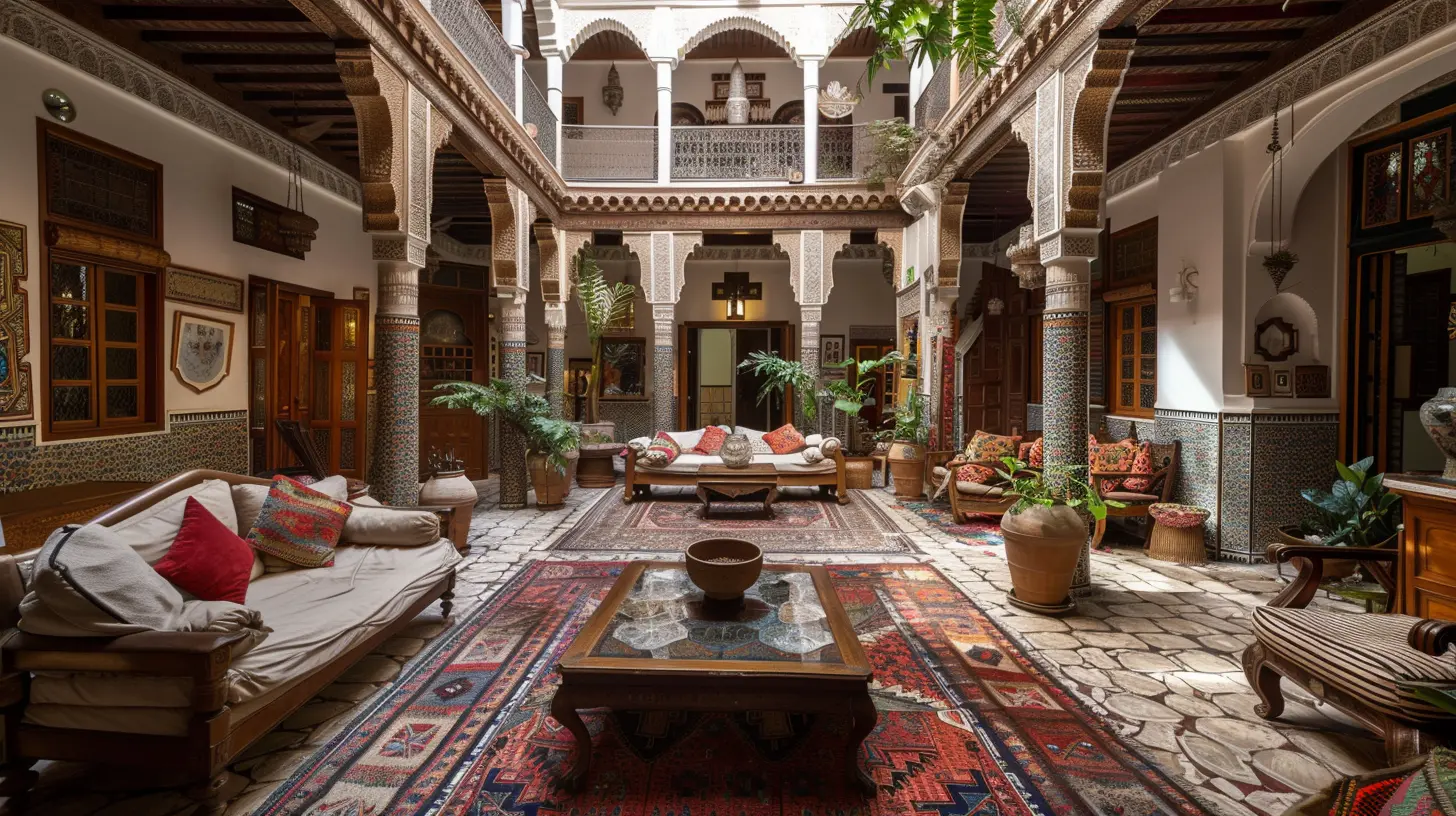
The Big Three: Medinas You Just Can’t Miss
Let’s zoom into the most iconic medinas to get a real flavor of Moroccan heritage.1. Fes – The Timeless Scholar
Fes is often called the cultural and spiritual capital of Morocco. And its ancient medina, Fes el-Bali, is a mesmerizing knot of over 9,000 alleyways — the largest car-free urban area in the world. Yep, your legs are your best buddy here!Inside, you'll find the University of Al Quaraouiyine, the oldest existing and continually operating university in the world. There’s also the Chouara Tannery — a sensory explosion of colors (and smells!) where leather has been dyed the same way for a thousand years.
Every stone and souk in Fes tells a story. It’s like flipping through a dusty, leather-bound book filled with secrets.
2. Marrakech – The Vibrant Performer
If medinas could throw parties, Marrakech would be the life of it. The red-walled medina here is home to the iconic Jemaa el-Fnaa square — a world of street performers, snake charmers, live musicians, and sizzling food stalls.Here, tradition meets performance art. The energy? Electric. The smells? A blend of roasted lamb, mint tea, and orange blossoms. The rhythm? Pure heartbeat of Morocco.
Beyond the square, you’ll find narrow streets filled with artisans, colorful lanterns, and the echoes of the call to prayer. Don’t skip the Bahia Palace or the Koutoubia Mosque — they’re masterpieces of Islamic architecture.
3. Chefchaouen – The Blue Pearl
Let’s slow it down a bit and take a breath.Nestled in the Rif Mountains, Chefchaouen is pure tranquility wrapped in shades of blue. Its medina is smaller and less intense, but it’s absolutely magical. Every wall, stairwell, and doorway is painted in dreamy blues — said to symbolize the sky and heaven.
Wandering here feels like you’re inside an artist's canvas. It's no wonder photographers and creatives fall head-over-heels for this place.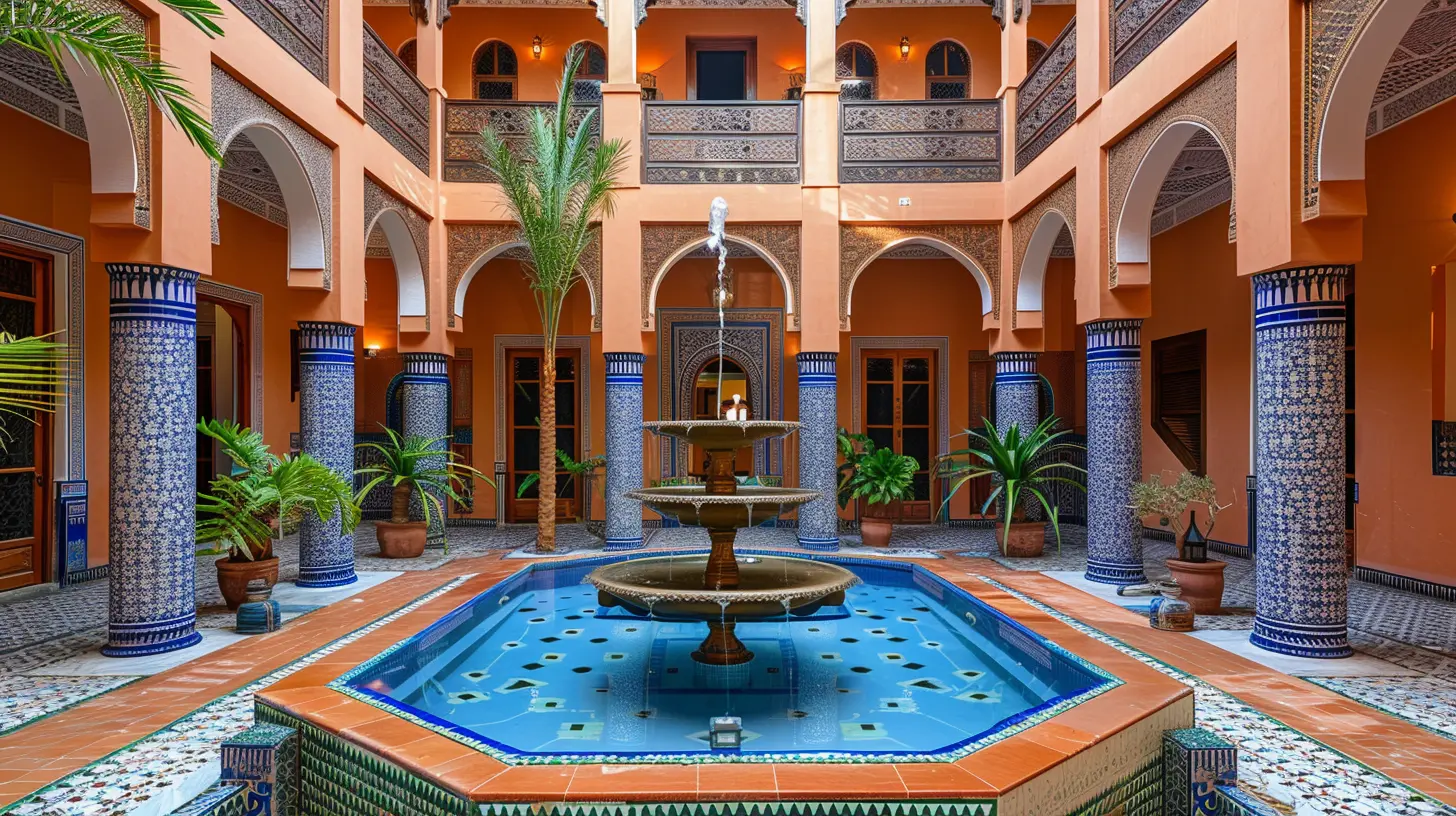
Why Moroccan Medinas Are Unlike Anywhere Else
You see, medinas aren’t just historical sites; they’re living communities. Families continue to live, shop, worship, and celebrate within those ancient walls. They're a rare blend of the old and the new — like someone playing traditional music on a Bluetooth speaker.The beauty lies in the contrast. You’ll see a donkey cart carrying vegetables turn a corner right next to a trendy boutique selling hand-stitched leather bags. Or a grandmother baking bread in a clay oven, while kids run by streaming YouTube on their smartphones.
It’s a harmony of tradition and modernity few places manage to pull off so gracefully.
The Souk Experience – Chaos in the Best Way
Let’s be real — if you haven’t gotten lost in a souk, have you even been to Morocco?Souks are marketplaces, and in the medinas, they’re an explosion of life. Imagine tiny shops crammed together like puzzle pieces, selling everything from handcrafted rugs and brass lanterns, to spices, teas, and argan oil. Bargaining is part of the dance. It’s expected, so put on your friendly poker face and negotiate with a smile.
But the souk experience is more than shopping. It’s sensory overload in the best way — the scent of cumin and saffron, the clatter of metal workers hammering out jewelry, the calls of vendors hawking their wares, and the vibrant colors bursting from every direction.
Hidden Gems: What Not to Miss in the Medinas
Sure, the big landmarks are great, but let’s talk hidden gems — the secret sauce of Moroccan medinas.- Riad rooftops: Many traditional guesthouses, or riads, have rooftop terraces. These are perfect spots to sip Moroccan mint tea and watch the city glow at sunset.
- Local hammams: Dive into the Moroccan bath culture. It’s steamy, it’s sweaty, it’s exfoliating — and extremely rejuvenating.
- Street food stalls: Keep an eye out for locals gathering around a particular food stall. That’s your sign. Whether it’s bissara (fava bean soup) or fresh msemen (Moroccan pancakes), your taste buds will thank you.
- Photography corners: Especially in Chefchaouen and Fes, you’ll stumble upon nooks and crannies that look like movie sets. Always have your camera (or phone) ready.
Cultural Tips for Medina Wanderers
A few things to keep in mind to make your medina journey smooth and respectful:- Dress modestly: Especially in more conservative areas, covering your shoulders and knees is appreciated.
- Ask before taking photos of people: It’s not just polite — it’s respectful of their space.
- Cash is king: Many small vendors don’t take cards. Keep small denominations handy.
- Stay aware: Medinas are safe, but they’re also busy. Watch your belongings.
The Magic of Getting Lost
Honestly, one of the best pieces of advice when visiting a medina? Get lost. Seriously.You’ll probably do it accidentally anyway (those alleyways are confusing!), but getting lost is where the magic happens. You’ll stumble upon hidden doorways, tiny workshops, kids playing soccer in narrow lanes, and moments so authentic they’ll stick with you for life.
So don’t rush. Meander. Soak it all in. Let your senses do the navigating.
Final Thoughts: Why Moroccan Medinas Should Be On Your Travel Shortlist
In a world racing toward modernity, Moroccan medinas offer something rare — the chance to pause and step into living history. They’re not polished or perfect, and that’s what makes them beautiful.Each medina is a tapestry, woven with stories, colors, flavors, and centuries of resilience. And when you walk through them, you’re not just a tourist — you become a part of that story, if only for a moment.
So pack your curiosity, your sense of wonder, and maybe a good pair of walking shoes. Because the Moroccan medinas aren’t just a place to visit — they’re a place to feel alive.
all images in this post were generated using AI tools
Category:
Cultural ToursAuthor:

Shane Monroe
Discussion
rate this article
2 comments
Nico Young
Absolutely captivated by the vibrant charm of Moroccan medinas! The rich culture, stunning architecture, and lively markets create an unforgettable experience. Can't wait to explore this magical destination! 🎉🌍✨
October 31, 2025 at 5:48 PM

Shane Monroe
Thank you! I'm thrilled you're inspired to explore Morocco's enchanting medinas. Enjoy every moment of your adventure! 🌟
Sadie McIntosh
Explore vibrant culture and history!
July 17, 2025 at 2:47 AM

Shane Monroe
Absolutely! Moroccan medinas are a tapestry of vibrant culture and history, offering a unique glimpse into the country's rich traditions and diverse heritage.
